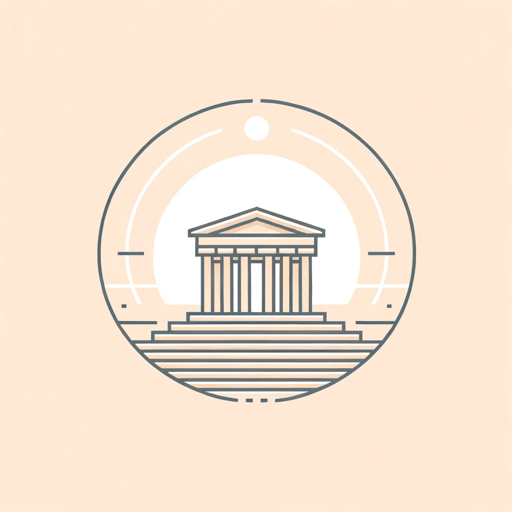51 pages • 1 hour read
Mircea Eliade, Transl. Willard R. TraskThe Sacred and the Profane: The Nature of Religion
Nonfiction | Book | Adult | Published in 1956A modern alternative to SparkNotes and CliffsNotes, SuperSummary offers high-quality Study Guides with detailed chapter summaries and analysis of major themes, characters, and more.
Themes
The Relationship Between Sacred and Secular Modes of Life
Throughout his text, Eliade presents the sacred and the profane in an oppositional but mutually constructive, or dialectical, relationship. Often, the exact nature of this opposition is hard to draw: “the first possible differentiation of the sacred is that it is the opposite of the profane” (11). Eliade claims that “the polarity [of] sacred [and] profane is [. . .] between real and unreal” (13) and both the sacred and the profane “pervad[e] the entire experience” (13). However, Eliade also must use this language to access the genuinely holistic aspects of his subject matter, as it relates to the “total experience of life” (13).
The essential distinction between the sacred and the profane is one between separate ontologies, or theories of being: “The sacred and the profane are two modes of being in the world, two existential situations assumed by man” (14). These situations “depend upon the different positions that man has conquered in the cosmos” (14). In other words, life in the sacred or the profane depends upon where humanity sees itself relative to the whole of creation.
Within a sacred mode, humans see themselves as inseparably a part of a meaningful and created whole.
Related Titles
By these authors


